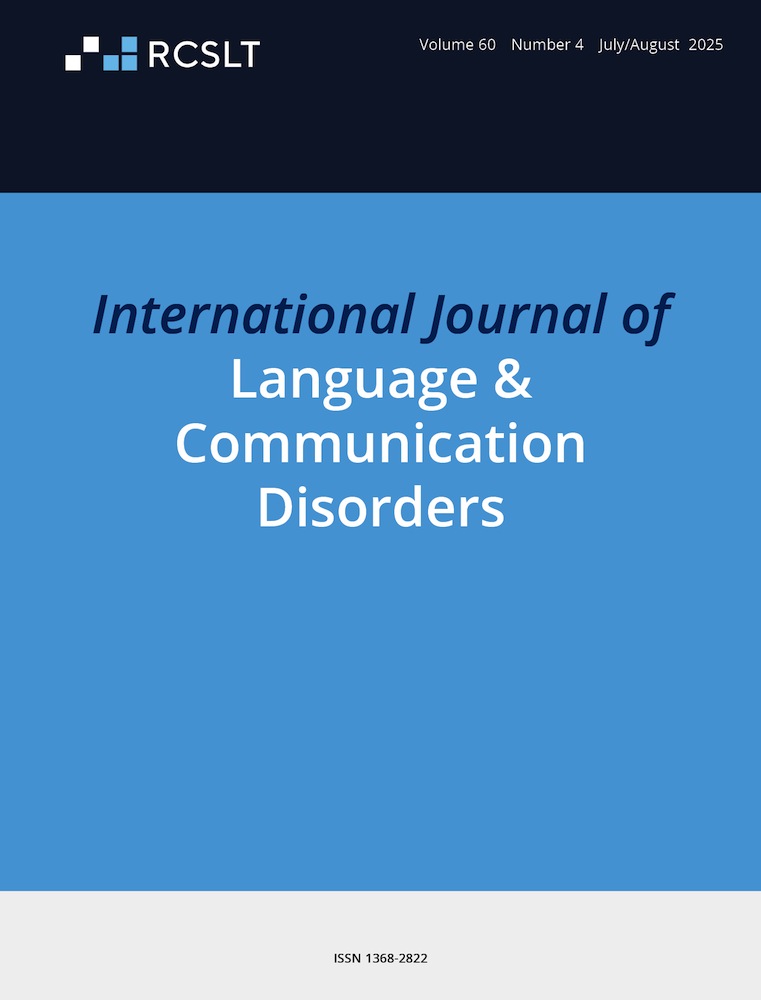The Visual Analogue Test for Anosognosia for Dysphagia: VATA-Dysphagia
ABSTRACT
Background
Swallowing difficulties (dysphagia) can be associated with a plethora of neurological diseases representing a life-changing condition and, in severe cases, a life-threatening situation. It is, therefore, crucial that patients and caregivers are aware of its implications to implement the best strategies for safety and functional rehabilitation. Current scales present some limitations in assessing patients’ and their caregivers’ awareness, making it difficult to evaluate more ecological aspects of dysphagia and hampering the assessment of patients with aphasia, attentional disorders or showing poor compliance.
Aim
We endeavoured to develop a novel tool for assessing potential distortions of awareness for dysphagia while mitigating the effect of the aforementioned constraints.
Methods and Procedures
Capitalising on current methods to assess lack of awareness (anosognosia), we devised and validated a new scale, the VATA-dysphagia, with healthy volunteers, clinicians and adult neurological patients. A sample of 70 neurological patients presenting with dysphagia and different food intake limitations were asked to rate, on a visual-analogue scale, their difficulties in performing specific tasks.
Results
Up to 42% of patients were deemed as anosognosics and 10% fell in the borderline range. Interestingly, in a few cases, the caregivers also showed a lack of awareness of the patient's dysphagia. A rapid identification of similar situations may help to promptly intervene and avoid highly risky situations for the patient.
Conclusions and Implications
Anosognosia for dysphagia can be more frequent than expected and the VATA-dysphagia, which does not intend to replace dysphagia assessment scales, offers a reliable and rapid method to assess awareness for different types of swallowing disorders in adult neurological patients. It can also be used to evaluate the caregiver's awareness of the patient's circumstances to help anticipate possible risks and minimise incidents.
WHAT THIS PAPER ADDS
- Swallowing difficulties (dysphagia) can be associated with neurological diseases of varying natures and prompt intervention is required to mitigate important complications in everyday life, which can lead to life-threatening situations if not swiftly addressed. Hence, it is of paramount importance that both patients and caregivers are fully aware of these complications to appropriately implement the therapeutic plan and avoid risky situations. However, current methods to assess patient's awareness present various methodological limitations and cannot be reliably used with a neurological population showing associated cognitive and communication impairments.
- In the current study, we have devised a new short, but reliable, scale that allowed clinicians and researchers to assess awareness of dysphagia in neurological patients and compare results with norms. With this new tool, we observed that 52.5% of the patients showed some degree of unawareness of their dysphagia, potentially exposing them to risky situations.
- The study has important clinical implications as the proposed tool can be used routinely in clinical settings to assess and monitor the patients’ and their care team's awareness of swallowing difficulties of different types and severities. Routine use of this tool can help clinicians to promptly identify potentially risky situations and improve the functional outcome of the intervention.
Conflicts of Interest
The authors declare no conflicts of interest.
Open Research
Data Availability Statement
Anonymized data are publicly available at https://osf.io/j6m2r/. The Italian version of the test is freely available for download from https://giannacocchini.wixsite.com/gcpage. See Table 2 for an English translation of the scale.




